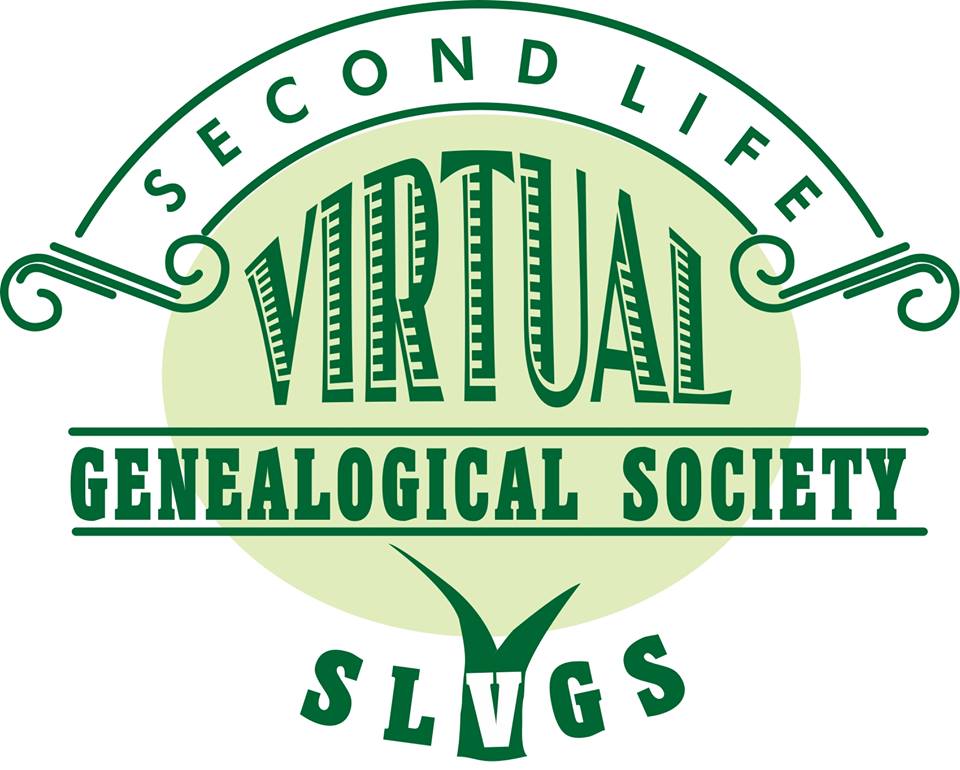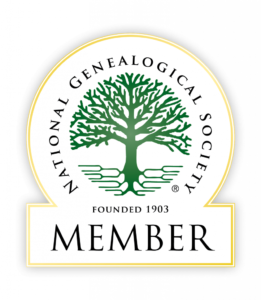The following post is from Red Rider, host of the SL DNA Study Group. You can join us for these meetings at 5:30 p.m. SLT (same as Pacific Time), on the 1st and 3rd Sundays of each month at the Family History Centre in Second Life.
*~*~*~*~*~*~*~*
At the second meeting of our SL DNA discussion group, I went over some DNA jargon. If you want to get the most out of your DNA results, it is important to read about the subject. Joining groups at Facebook such as the ISOGG group, or the DNA Newbie group, is also a great way to learn about the subject.
Reading about new findings in the field, and joining groups, helps us stay on top of changes regarding the evaluation of our results. Genetic genealogy is a new field, and the interpretation of our results is subject to change. Since DNA terms are not always explained, it is helpful to look at some of these terms and definitions before embarking on further study of the subject.
Here are my slides with the terms and definitions we went over on Sunday, March 6:
A new blog post by Roberta Estes, “Concepts – Identical by…Descent, State, Population and Chance,” introduced me to some new terms for defining Autosomal DNA (atDNA) segments. Identical by chance or coincidence, or “IBC,” for one. This would apply to matching segments not shared by parents, or not inherited through your parents. Identical by population, or “IBP,” would be segments which are common to particular populations, such as ethnic populations. These segments are not considered “identical by descent” because they cannot be attributed to a common ancestor. However, in the case of population segments, “IBP,” they can sometimes be useful if you can link the segment to an ancestor because they are the only possible source of the population segment.
IBP segments lead me to a term I left out Sunday. I forgot to include “pile ups.” This term is used to refer to these population segments. A pile up is literally many people sharing a segment in the same location (see illustration below). AncestryDNA removes populations segments using their Timber filter. The other companies do not.
When it comes to the interpretation of results, Autosomal DNA is the most challenging to work with, which is why I included so many terms for this test in my “DNA Jargon” presentation. For instance, we need to know something about the statistics regarding whether a segment is IBD or not. We need to build out our trees as far as we can in order to draw accurate conclusions from our shared segments. We need to collect and map segments. We need to compare trees carefully looking for all possible shared ancestral lines, especially if we are from endogamous populations. These complexities have resulted in the proliferation of terms and acronyms.
Finally, I suggested we might discuss topics being discussed at the Facebook ISOGG group during our SL Sunday chats. Anyone can ask to join this Facebook group. An ongoing topic is how we determine whether autosomal DNA segments are IBD. I suggested reading “Another Triangulation Success, Another Etne Cousin” by Kitty Cooper, as well as the comments below the post at Facebook.
Since not everyone attending the Sunday discussions has tested yet, we will go through the testing process in more depth, and talk about what we can do to get the most out of our results, at the next meeting. See you there! 😀
Questions? Contact Red Rider for more information.



